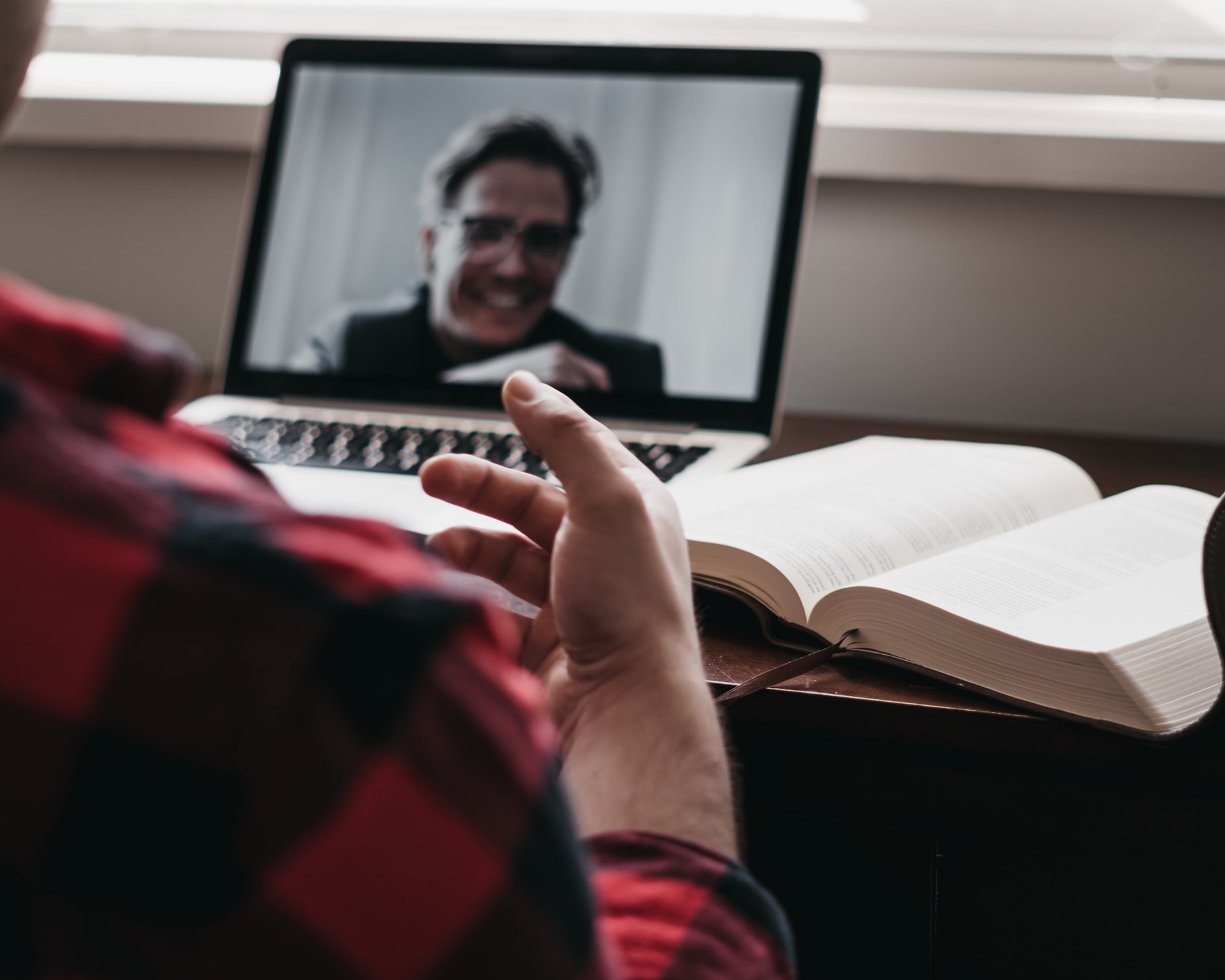Menopause is a hallmark of a woman’s biological ageing. But there are a lot of changes happening before it sets in.
The menopausal transition is accompanied by vasomotor symptoms such as weight gain, decrease in bone density, change in mood etc.
Reduction in basal metabolic rate and decrease in lean body mass contributes to weight gain and comorbidities.
Our goal as we approach that magical number of 40+ should be to take care of the changes which are happening inside our body.
1) Building up the bones
As the menopause approaches, there is a drop in oestrogen levels and hence the bone density also decreased. The best exercises for improving bone density are Weight-bearing exercises and strength training.
2) Lifts your mood
We all know the positive effect of exercise on our mental health. The release of those “feel good” hormones will improve your mood.
3) Prevention from cardiovascular diseases.
Daily aerobic exercises will definitely help to improve your cardiac and pulmonary health.
Some ideas for a healthier lifestyle:
1) Dedicate 30 min to 45 min every day for working out.
2) Aerobic exercises such as walking, jogging, biking, swimming should be performed 4-5 times per week.
3) Strength training should be performed at least 2-3 times per week. Get those therabands and some dumbells and start strengthening those muscles. If you don’t have any props, no worries, what can be better than your own bodyweight to perform different variations of workouts!
- Dedicate first few minutes of your day in journaling, meditation, breathing exercises or reading a motivational book.
- Nutrition is one of the major factor affecting your mental and physical health hence eat nutrition-rich food.
- Most important SMILE and be with people you love.
Welcome this new transition with a healthier version of you!







 Have you ever experienced a snapping in one of the fingers, difficulty in quickly opening the fist or you have to manually open the fingers to extend them? The reason may be a Trigger finger.
Have you ever experienced a snapping in one of the fingers, difficulty in quickly opening the fist or you have to manually open the fingers to extend them? The reason may be a Trigger finger.


You must be logged in to post a comment.